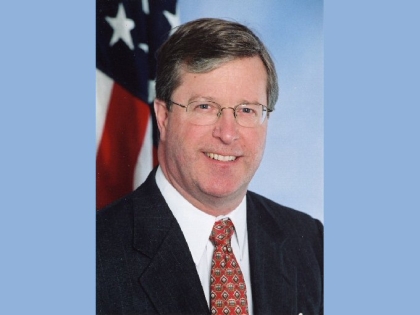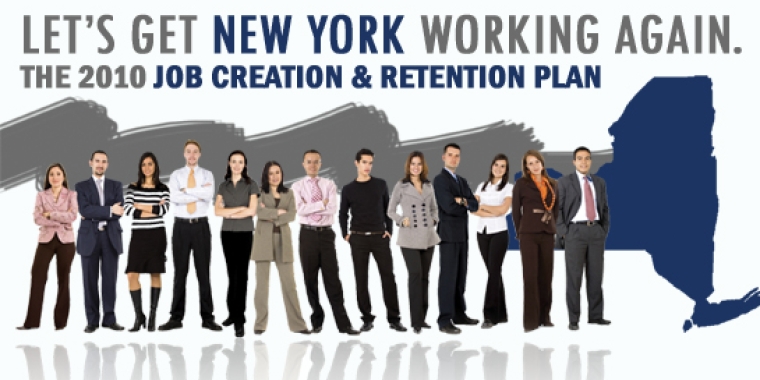
'Innovation Economy' Key to Upstate Renewal

I'm glad to have this chance to provide an update on the just-released report of a state task force that has made a significant addition to what's becoming a treasure trove of blueprints pointing the way to strategies that just might prove successful at turning around the fortunes and the futures of communities across New York, especially upstate.
I find this latest report particularly exciting since it stands to breathe new life into ideas that many upstate legislators have advocated in past years: how can we best encourage emerging technology companies that already do research and development in New York to actually manufacture their products here? How can we more fully integrate the groundbreaking research taking place at New York's outstanding colleges and universities with the local and regional private-sector economies across upstate?
The report from a group of known as the “Task Force on Diversifying the New York State Economy through Industry-Higher Education Partnerships” will, I hope, point the way to putting in place answers to those questions during the 2010 legislative session.
I’m equally proud to note that this exciting task force was chaired by one of our region’s most prominent leaders, Cornell University President David Skorton, who said, ““We know that New York has all the right ingredients to get our State moving to where we should be – as a national leader in innovation. But there are challenges we need to meet. Our Task Force has identified areas in which we can improve our practices and target investments so that we can foster an ‘innovation ecosystem’ to achieve sustainable economic growth in New York for the future.”
Some of the task force’s specific recommendations include:
-- promoting university-based practices that raise awareness of entrepreneurship and industry-collaboration opportunities and achieve world-class expertise through faculty recruitment and retention;
-- generating support for the adoption of a research and development tax credit;
-- initiating business services that include business plan counseling, entrepreneurial mentorship, access to capital, incubator space, and regional hubs that invest in fields where New York can be a worldwide leader in health care and life sciences, energy, nanotechnology, and agriculture; and
-- creating communication networks that facilitate collaboration between institutions of higher education and industry and the venture capital community.
The final report of the task force is available online here.
We’ve identified and talked about many of these ideas in the past, but the power of this report is that it brings many of the ideas together in the same room, so to speak, and, hopefully, sets the stage for a full public airing, a determined legislative discussion, and, ultimately, action.
President Skorton may have said it best in a recent column, “We need to shout from the rooftops about effective university-industry collaborations and entrepreneurial success stories. In the coming months, you can expect to hear task force members talking up innovation across the state to whoever will listen and pursuing these recommendations in our own institutions. We cannot afford to wait. New York’s future depends on it.” (read the full column here)
I look forward to helping encourage the effort.
-30-



